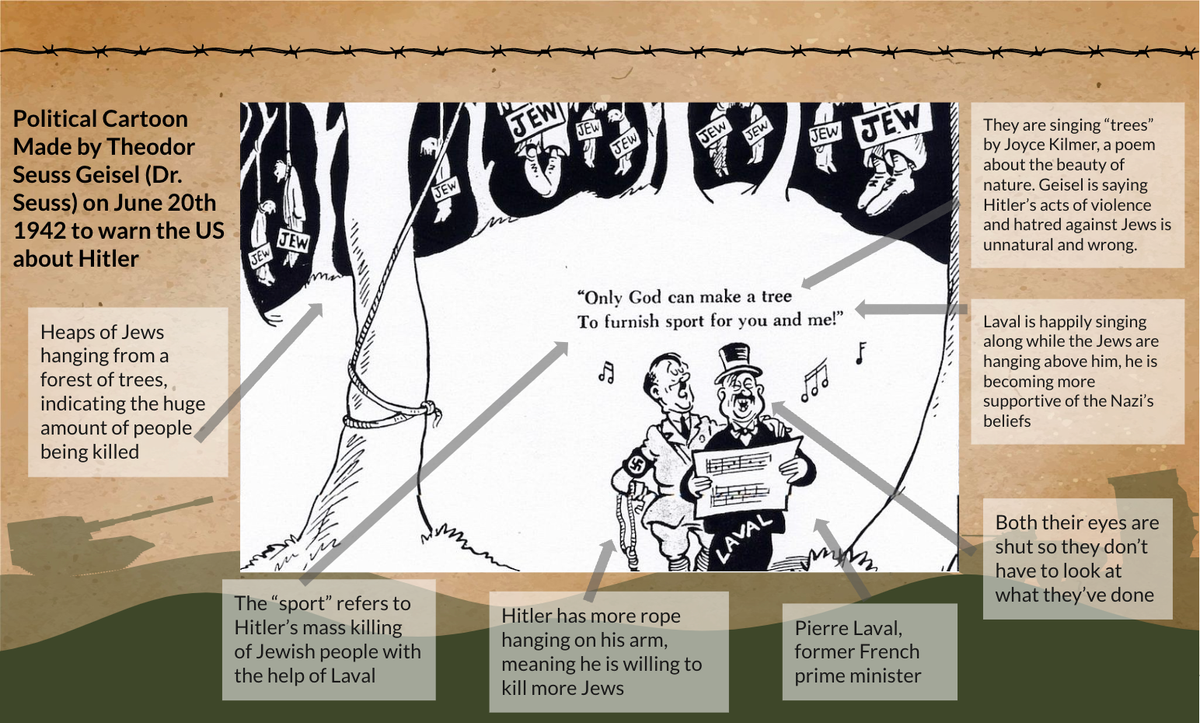Humanities Student of the Week

Here at St Joseph’s we love to celebrate the awesome achievements and growth in our students, and our Humanities faculty would like to showcase some of our students who are currently starring in their subjects at the moment.
This fortnight, we would like to congratulate Year 10 History student, Gillian Huggett! Her teacher, Mr Kemp has praised how hard Gillian has been working in History this year and how much growth she has had in her learning and understanding of World War II, Vietnam War as well as Rights and Freedom movements and the relevance they have in today’s world. She is also becoming quite the expert in analysing sources!
Here are Gillian’s responses to some of the questions we asked:
So, Gillian, congratulations for being the History student of the fortnight! Well done! What are you currently studying in History?
Currently we are studying the Rights and Freedom movements of Indigenous Australians. We have learned about the Mabo decision of 1992, when the High Court of Australia recognised Eddie Mabo and other Torres Strait Islander people actually, held ownership of Mer (Murray Island). It also meant that native titles existed for all Indigenous people. So that was a pretty important court case. By the way, it marks the last day of Reconciliation Week too: 3rd of June.
Why should students choose Year 10 History?
History helps you understand what the world is like. Not just the past, but the present too, world events like current conflicts and events here in Australia like the 2023 Australian Indigenous Voice Referendum. And we can use the skills we learn in History in other subjects too, like English, for example, we use the same analysing and writing skills. History is my favourite subject.
What makes you a successful student?
I always go back over my work and ask when there is something I do not understand. I never give up and always try my best.
Can you tell us a bit about the poster you are holding up?
Oh, this is a source analysis we completed in class. It is a political cartoon made by Theodor Seuss Geisel (Dr. Seuss) on June 20th 1942 to warn the US about Hitler. Each part of the cartoon has a deeper meaning and a message and we have to try and find it, a bit like a detective. I really enjoy analysing sources.
Thanks so much for your responses Gillian! And congrats on your efforts so far and best wishes for your exam and the rest of the year!
Ruth Phillips
Humanities Learning Leader


